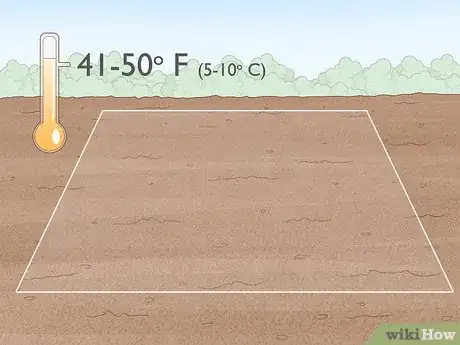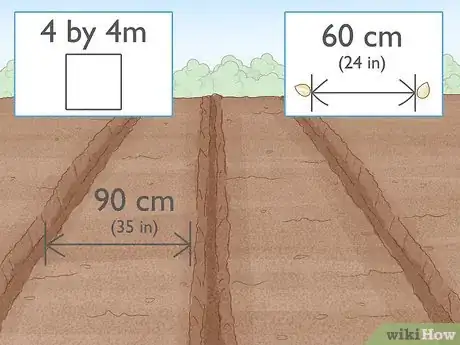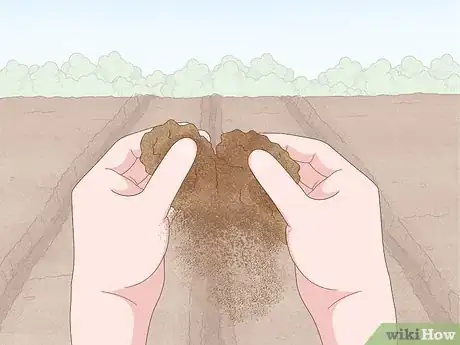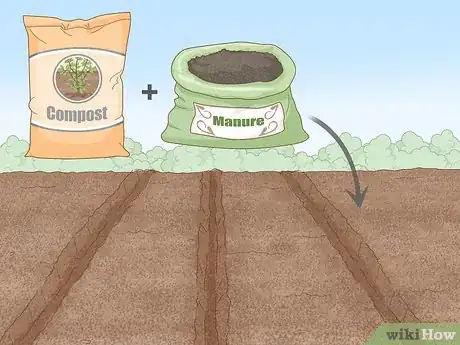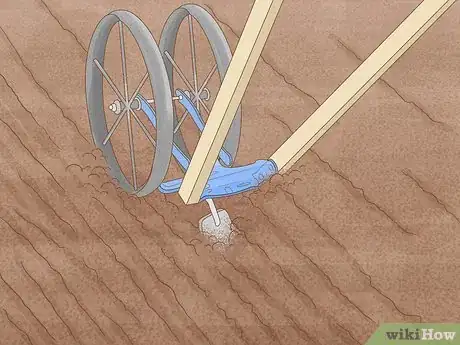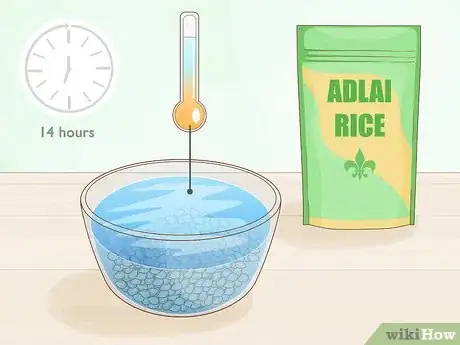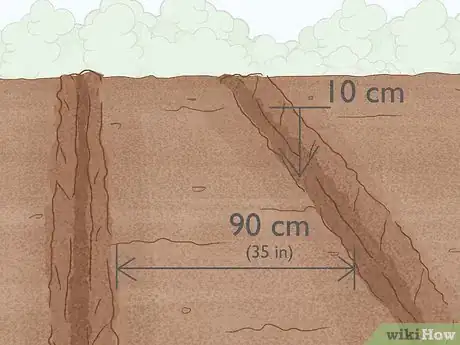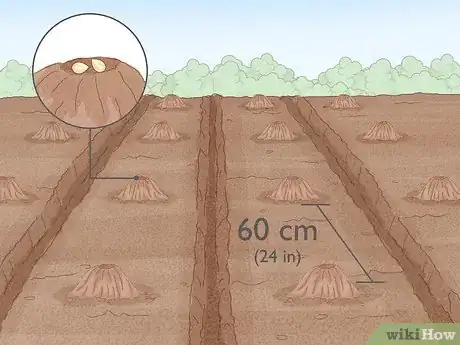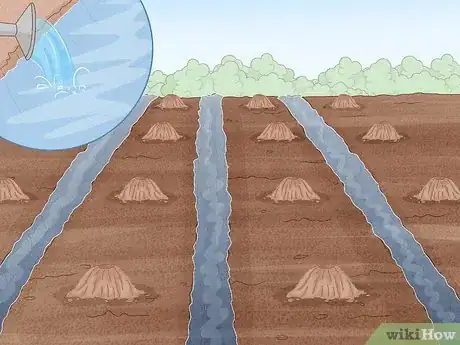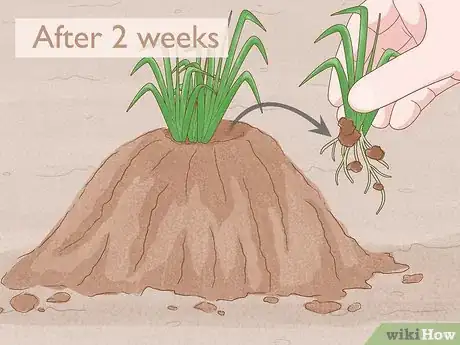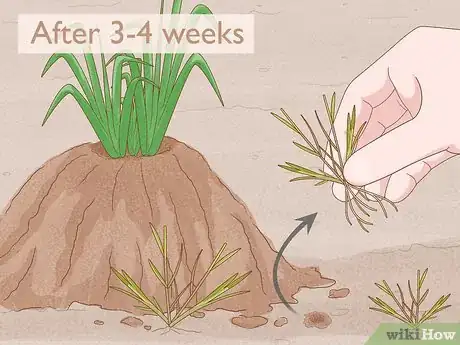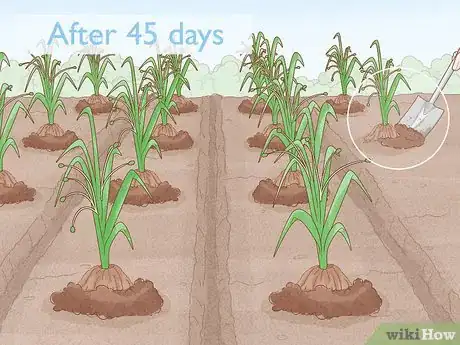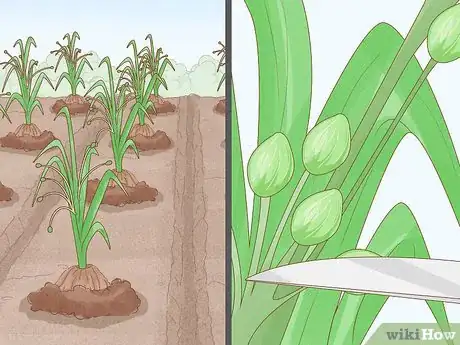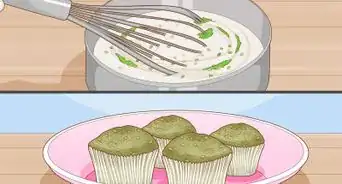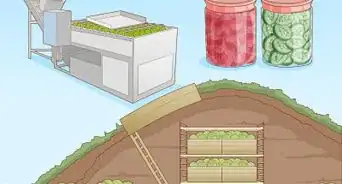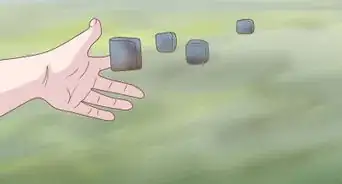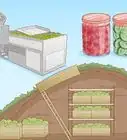This article was co-authored by wikiHow staff writer, Janice Tieperman. Janice is a professional and creative writer who has worked at wikiHow since 2019. With both a B.A. and M.A. in English from East Stroudsburg University, she has a passion for writing a wide variety of content for anyone and everyone. In her free time, you can find her working on a new crochet pattern, listening to true crime podcasts, or tackling a new creative writing project.
There are 8 references cited in this article, which can be found at the bottom of the page.
This article has been viewed 12,259 times.
Learn more...
Adlai rice, more commonly known as “Job’s Tears,” is a nutritious, rice-like grain that’s known for it’s potential cancer-fighting properties, along with other medicinal uses.[1] Adlai rice is native to southeastern Asia, specifically the Philippines, but it can be grown in a variety of different places all over the world, such as the Mid-Atlantic and southern regions of the United States.[2] If you’d like to grow Adlai rice, you need a section of land where you can plant your seeds and set up furrows, or trenches, to water the seeds. After letting your Adlai plants grow for several months, you can harvest your seeds several times!
Steps
Tending the Soil for Adlai Rice
-
1Choose a well-lit area to plant your seeds. Examine the back area of your yard and see if your plot has a lot of access to sunlight and rain. Adlai plants tend to thrive in cooler, moderate temperatures, like 41 to 50 °F (5 to 10 °C).[3]
- Thankfully, Adlai rice is very hardy, and can survive in really rainy or dry conditions.
-
2Find an area where you can comfortably space your seeds. Prepare to plant your seeds 60 cm (24 in) apart, and keep your rows of seeds 90 cm (35 in). Keep these measurements in mind as you check the soil with a measuring tape beforehand.[4]
- It doesn’t matter how big or small your planting area is, as long as there’s enough room to place your seeds aren’t cramped together.
- Some farmers prefer to dedicate a 4 by 4 m (4.4 by 4.4 yd) plot of land to their Adlai rice. This setup lets you plant around 5 rows of seeds.
Advertisement -
3Pick an area with relatively smooth soil that’s easy to plow. Don’t plant your seeds in rocky areas with tough soil. While Adlai seeds are hardy, they need to be able to plant sturdy roots in the soil. Instead, tap the soil to see if it’s smooth and moist—above all else, Adlai seeds tend to thrive in moist soil conditions. Before you commit to a planting spot, check the pH of your soil and make sure it’s somewhere between 4.5 and 8.4.[5]
-
4Cover your planting area with compost and manure. Find a small or large section of land in your yard that you can dedicate to your Adlai rice. Cover this section of your garden with a thin layer and compost and manure, as Adlai seeds tend to grow better in pre-fertilized soil.[6]
- The size of your gardening space will depend on how much Adlai you want to grow. For instance, a small garden may only have 1-2 rows of plants, while a larger garden may be several meters or yards long.
- You can get manure at most gardening stores, and make compost with a lot of trash and waste you have at home.
-
5Plow the planting area twice so it’s ready to be seeded. Go over your fertilized soil with a hand plow so it’s primed for planting. As an extra precaution, plow over the soil at least 1 more time, so you won’t have any difficulty planting or tending to your garden later on.[7]
- If you don’t have a hand plow on hand, you can find one at a home improvement store.
- Plowing helps loosen the soil, and makes it easier to work with.
-
6Soak your seeds in lukewarm water for 14 hours. Fill a bowl with water, then dump a large handful of seeds into the water. Give the seeds 8 hours to soften a bit, and another 6 hours to incubate, or get ready to plant.[8]
- You don’t want to plant dry seeds in the soil, or else they won’t grow as successfully.
-
7Form several small trenches in your prepared soil. Take a garden trowel or other small shovel and dig a couple of rows of trenches, or furrows, in your fertilized and plowed soil.[9] Dig each trench at least 10 cm (3.9 in) deep, and space the furrows at least 90 cm (35 in) apart.[10]
- These trenches will help you water your seeds and keep them nourished.
Planting and Nurturing Adlai Seeds
-
1Create small mounds of soil with 2 seeds in each. Take a handful of loosened soil and make a compact pile in the flat soil between 2 trenches. Stick 2 seeds in this mound, then create additional mounds along the flat section of soil. Do your best to space your seeds around 60 cm (24 in) apart, so they have plenty of space to grow. Make these mounds at least 1 to 2 in (2.5 to 5.1 cm) tall so your seeds are completely covered.[11]
- Since these mounds of soil are pretty small, only plant 2 seeds per hill.
-
2Pour water into the trenches until they’re full and refill them as needed. Use a hose or watering can to fill your trenches with water, which will help keep your Adlai seedlings well-nourished. Refill these trenches on an as-needed basis whenever the water levels get low so your growing plants won’t dry out.[12]
- Get in the habit of checking on your garden each day or once every other day.
-
3Pull out any excess plants so only 2 grow in each mound. Wait several weeks for your seeds to start sprouting. You may notice more than 2 plants emerging from each mound of soil. Keep your garden tidy and healthy by snipping away any extra plants from these areas, leaving just 2 plants left in each hill.[13]
-
4Remove any visible weeds 3-4 weeks after planting your seeds. Keep an eye out for any other unwanted plants peeking through the soil between your mounds of soil. Remove these weeds as soon as you see them, or else they’ll continue to steal nutrients from your Adlai plants.[14]
- It may take several weeks before you start noticing weeds. You can do this on an as-needed basis.
-
5Add more soil along the base of each mound after 45 days. Give your plants about a month and a half to keep growing, then move some more soil around the base of your growing plants. This helps provide a little extra support as your Adlai plants keep growing.[15]
- You may want to wear gardening gloves when you do this.
-
6Trim away the branches to harvest the Adlai. Look for small, bead-shaped seeds growing off the sides of the plant, connected to small branches. Snip away these seeds and gather them in a basket, but leave the rest of the plant intact. You can harvest your Adlai plant around 5-6 times before the growing season ends.[16]
Did You Know? Job’s Tears are sometimes used to make jewelry or used in gourd shaker instruments.[19]
Warnings
- If you’re planting Adlai rice for medicinal purposes, talk to a doctor before using Adlai seeds in any self-diagnosed remedies.[20]⧼thumbs_response⧽
Things You’ll Need
- Compost
- Manure
- Plow
- Bowl
- Adlai seeds
- Trowel or shovel
- Gardening gloves
- Water
- Pruning shears
- Mill
References
- ↑ https://www.utep.edu/herbal-safety/herbal-facts/herbal%20facts%20sheet/jobs-tears.html
- ↑ https://plants.usda.gov/core/profile?symbol=COLA
- ↑ https://www.ijrrjournal.com/IJRR_Vol.5_Issue.3_March2018/IJRR003.pdf
- ↑ https://www.ijrrjournal.com/IJRR_Vol.5_Issue.3_March2018/IJRR003.pdf
- ↑ https://www.ijrrjournal.com/IJRR_Vol.5_Issue.3_March2018/IJRR003.pdf
- ↑ https://www.rhs.org.uk/advice/profile?PID=865
- ↑ https://www.ijrrjournal.com/IJRR_Vol.5_Issue.3_March2018/IJRR003.pdf
- ↑ https://www.ijrrjournal.com/IJRR_Vol.5_Issue.3_March2018/IJRR003.pdf
- ↑ http://coastbotanicalgarden.org/furrows-next-years-garden-resolution/
- ↑ https://businessdiary.com.ph/6443/adlai-production-guide/?amp
- ↑ https://businessdiary.com.ph/6443/adlai-production-guide/?amp
- ↑ https://www.usgs.gov/special-topic/water-science-school/science/irrigation-methods-furrow-or-flood-irrigation?qt-science_center_objects=0#qt-science_center_objects
- ↑ https://businessdiary.com.ph/6443/adlai-production-guide/?amp
- ↑ https://www.ijrrjournal.com/IJRR_Vol.5_Issue.3_March2018/IJRR003.pdf
- ↑ https://www.ijrrjournal.com/IJRR_Vol.5_Issue.3_March2018/IJRR003.pdf
- ↑ https://businessdiary.com.ph/6443/adlai-production-guide/?amp
- ↑ https://www.utep.edu/herbal-safety/herbal-facts/herbal%20facts%20sheet/jobs-tears.html
- ↑ https://businessdiary.com.ph/6443/adlai-production-guide/?amp
- ↑ https://www2.palomar.edu/users/warmstrong/plapr99.htm
- ↑ https://www.utep.edu/herbal-safety/herbal-facts/herbal%20facts%20sheet/jobs-tears.html
